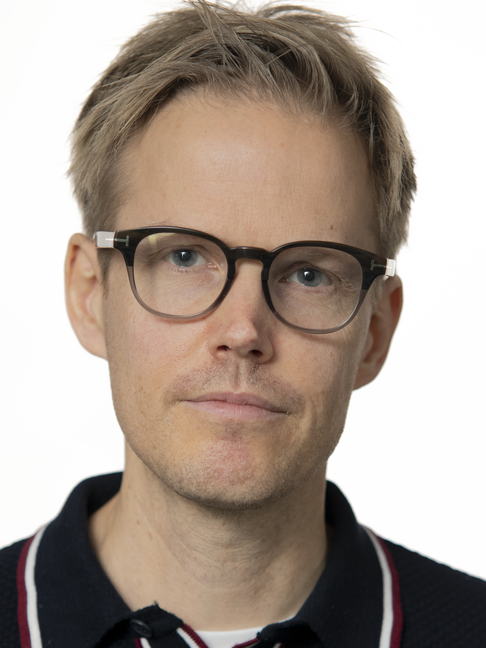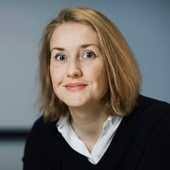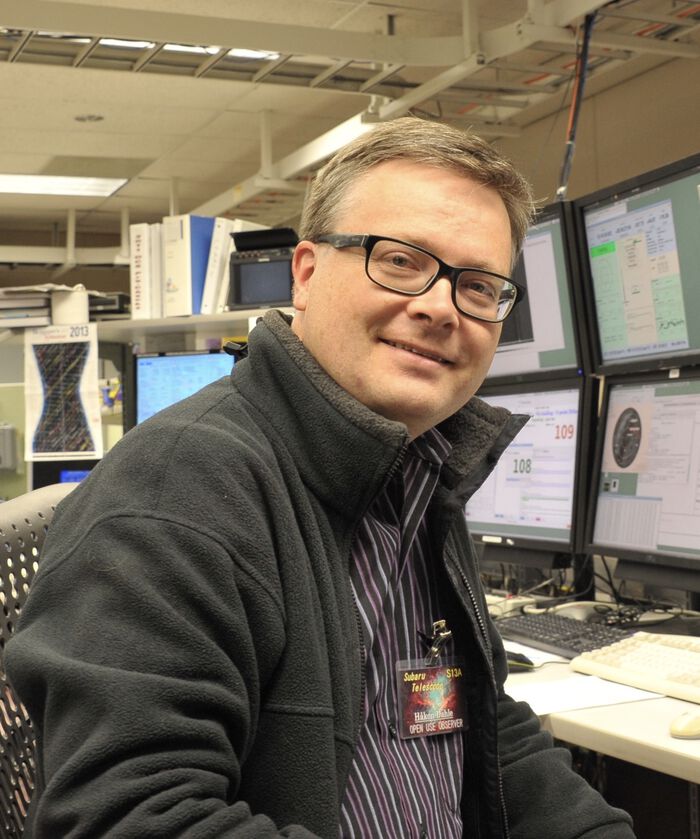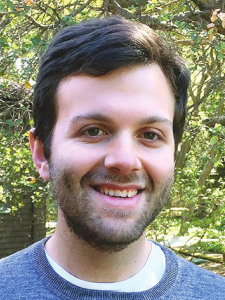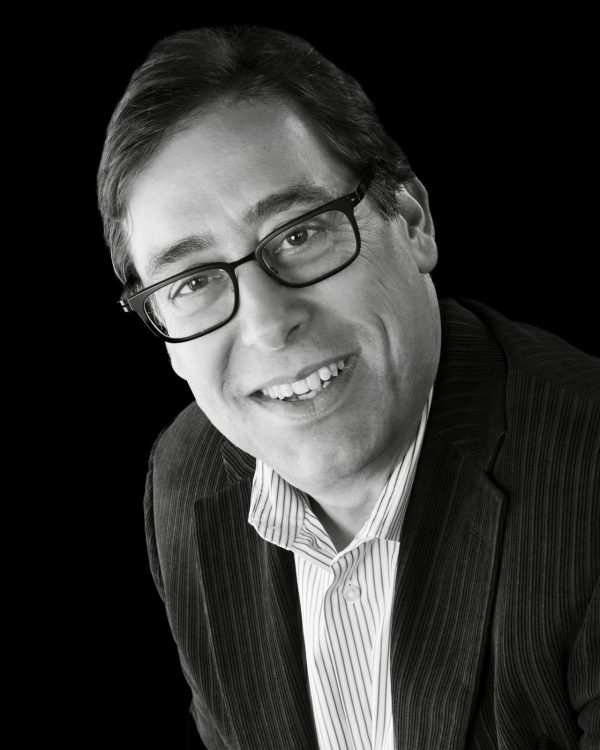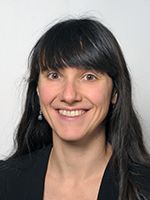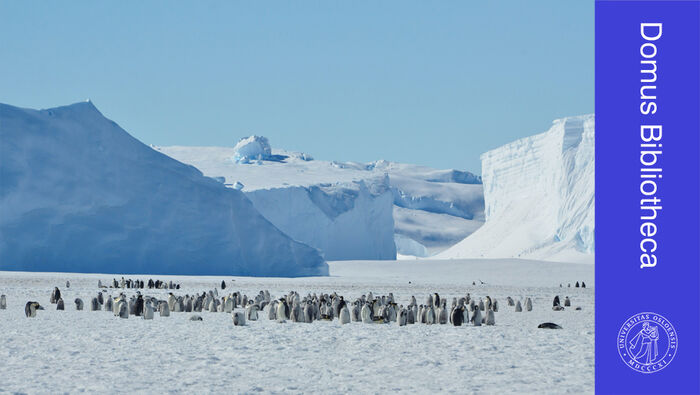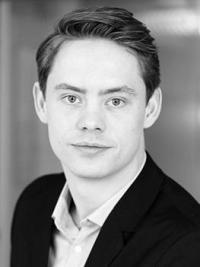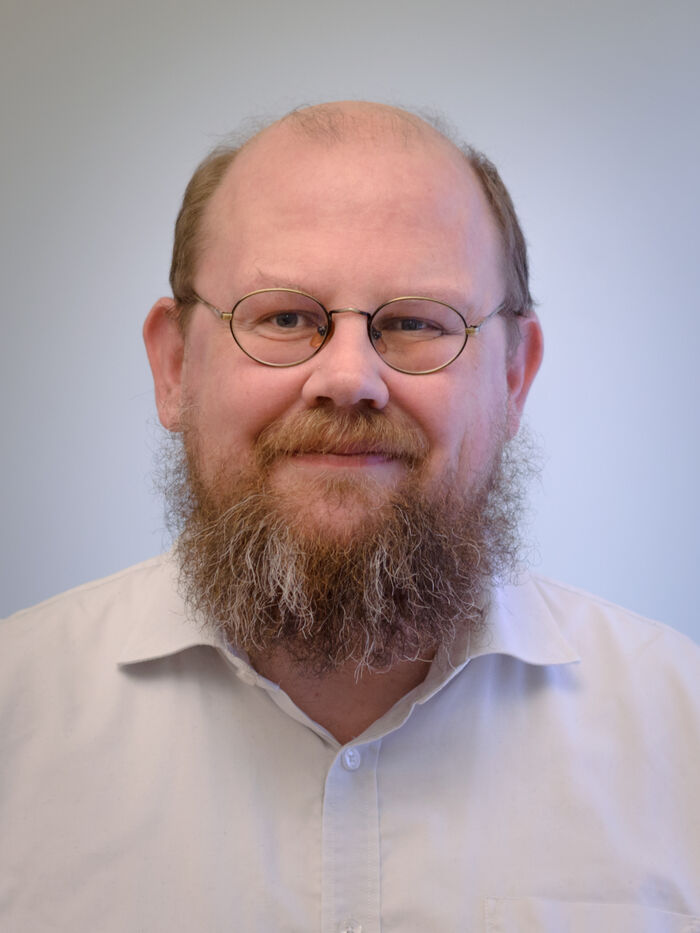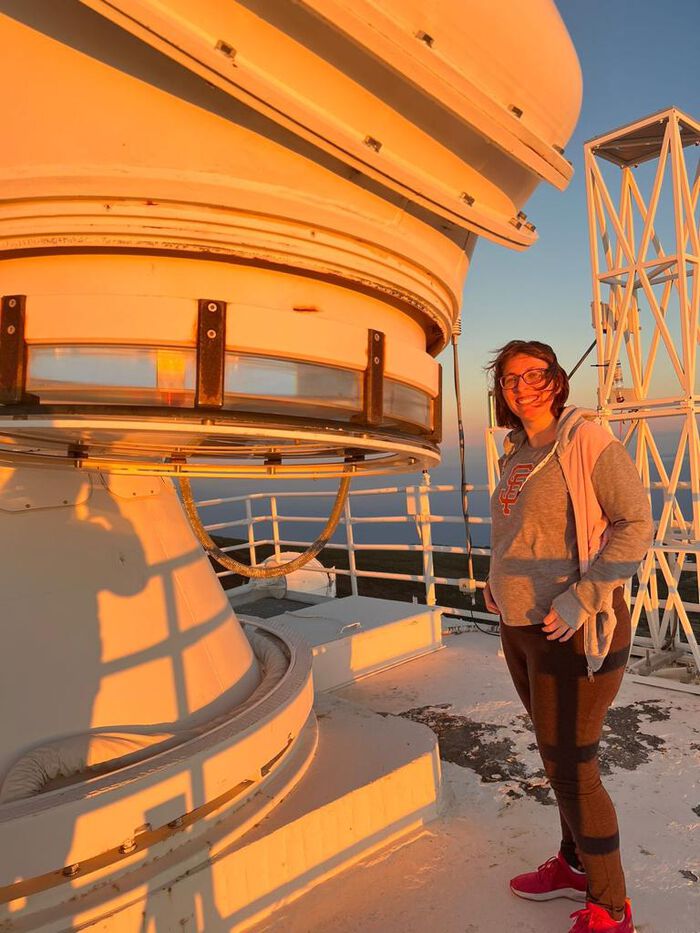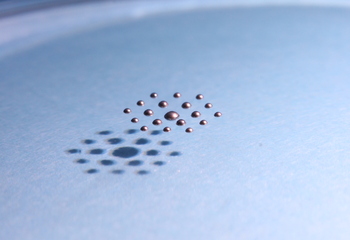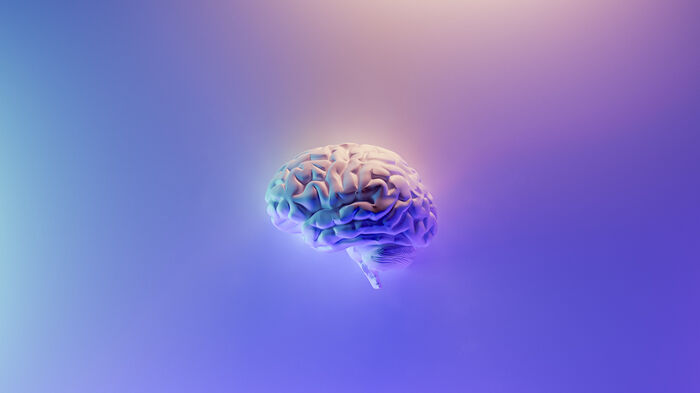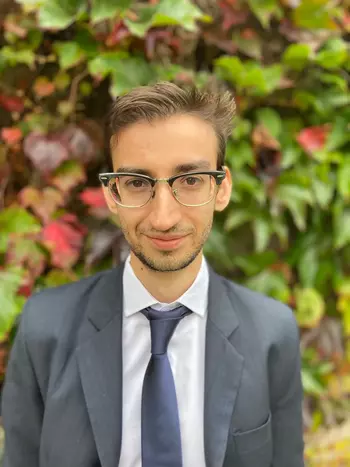Tidlegare gjesteforelesninger og seminarer - Side 6
Traditional quantile estimators are not well-suited for data streams because the memory and computational time increase with the volume of data received from the stream. Incremental quantile estimators refer to a class of methods designed to maintain quantile estimates for data streams. These methods operate by making small updates to the estimate every time a new observation is received from the stream. In this presentation, I will introduce some of the incremental quantile estimators we have developed.
Your brain has its own waterscape: whether you are reading, thinking or sleeping, fluid flows through or around the brain tissue, clearing waste in the process. These biophysical processes are crucial for the well-being and function of the brain. In spite of their importance we understand them but little, and mathematical and computational modelling could play a crucial role in gaining new insight. In this talk, I will give an overview of mathematical, mechanical and numerical approaches to understand mechanisms underlying pulsatility, fluid flow and solute transport in the human brain. Topics include fluid-structure interactions, generalized poroelasticity, mixed finite element discretizations and preconditioning, uncertainty quantification, and optimal control.
Håkon Dahle, Researcher at the Institute of Theoretical Astrophysics, University of Oslo.
By Daniel Vaulot, emeritus senior scientist at the Roscoff Biological Station (CNRS, France)
Blake D. Sherwin, Professor of Cosmology and Astrophysics, DAMTP, University of Cambridge.
Glenn Starkman, Distinguished University Professor at Case Western Reserve University (US).
C*-algebra seminar by Jordy Timo van Velthoven (University of Vienna)
This is a half-day online workshop on the numerics and theory of conservation laws and fluid equations. Abstracts and Zoom link can be found here.
The Section 4 seminar for the Autumn of 2023 will be held on Mondays at 10:15–12:00 (see the schedule)
Aditi Bhatnagar, PhD student at Rosseland Centre for Solar Physics, Institute of Theoretical Astrophysics, University of Oslo.
UiO arrangerer årlig en Arktis-dag, men i 2023 er dagen viet til Antarktis.
Caroline Vignet, INU Champollion (France), will talk about the use of artificial intelligence in environmental biomonitoring, and Leanne Rosser, Mie University (Japan), will talk about the discovery of new behaviors of white-sided dolphin populations in northern Japan.
The Deep learning seminar will be held on Thursdays at 10:15–12:00. Please register to this mailing list if you would like updates.
Fluid efflux from the brain plays an important role in solute waste clearance. Current experimental approaches provide little spatial information or data collection is limited due to short duration or low frequency of sampling. One approach shows tracer efflux to be independent of molecular size, indicating bulk flow, yet also decelerating like simple membrane diffusion. In an apparent contradiction to this report, other studies point to tracer efflux acceleration following infusions. In this talk, I will share a stylized advection-diffusion model for clearance of waste, which reconciles the apparent contradiction, and discuss methods to validate it with novel MRI data. Being stylized, it is also simple enough to permit a dimensional analysis which indicates that clearance of waste from the brain is governed by three dimensionless quantities including a potential bottle-neck for clearance due to transport across the surface membranes.
Øystein Elgarøy, Professor at Institute of Theoretical Astrophysics, University of Oslo.
Cavitation is a ubiquitous and sometimes destructive, phenomenon. For instance, cavitation bubbles may interrupt water flow in plants or severely damage the surfaces of machines such as pumps and propellers. The so-called tribonucleation of vapor bubbles has been proposed to be responsible for the cracking sound produced by the manipulation of human synovial joints. To study cavitation up close we have developed an experimental setup where a sphere in water abruptly leaves a flat surface starting from a separation of only 10 nm.
Upon upward movement of the spherical surface, a cavitation bubble forms and develops branched fingers through the Saffmann-Taylor instability. Simultaneously, negative liquid pressures in the range of ∼10atm are observed. These large tension values occasionally lead to secondary nucleation events. The bubble sizes satisfy a predicted Familiy-Vicsek scaling law where the bubble area is proportional to the inverse bubble lifetime. The fact that creeping flow cavitation bubbles are more short lived the larger they are separate them from bubbles that are governed by inertial dynamics.
Ana Belen Grinon Marin, Postdoctoral Fellow at Rosseland Centre for Solar Physics, Institute of Theoretical Astrophysics, University of Oslo.
QOMBINE seminar by Satvik Singh (University of Cambridge): The PPT2 conjecture for diagonal unitary covariant map
Self-assembly is the spontaneous generation of order in systems driven by thermal agitation and interactions. At the molecular level, self-assembly plays an important role in the formation of giant com- plex macromolecules, being quite relevant for living systems. At the mesoscopic level, capillary driven self-assembly has been proposed for building structures in the gap between classical bottom-up and top-down fabrication methods, i.e. at the scales in between 10 micrometers and 1 millimeter. Although the method was proposed 20 years ago, only regular or simple structures were achieved so far. Using both experimental and statistical physics ideas, we demonstrate how to exploit subtle capillary interactions to create elaborate complex structures, as well as functional micromachines. On top of that, we show how such mescoscopic systems can be the analogues of many different physical systems such as folding molecules, molecular locks and keys, and crystal formation.
Welcome to an afternoon of Neuroscience Seminar with coffee, tea & buns. With Professor Emre Yaksi and Professor Tommaso Pizzorusso.
C*-algebra seminar talk by Suvrajit Bhattacharjee (University of Oslo)
Active solids consume energy to allow for actuation and shape change not possible in equilibrium. In this talk, I will focus on the elasticity of systems as wide-ranging as far-from-equilibrium hydrogels, nanoparticles, and mechanical structures composed of active robotic components. First, I will introduce our recent work on hydrogel spheres being lowered onto a hot plate. As the bottom vaporises, the resulting flow couples tightly to elastic deformations within the sphere, giving either spontaneous bouncing or steady-state floating as manifestations of the so-called elastic Leidenfrost effect. I will present theory and simulations of the floating case, which demonstrate a remarkable phenomenon: the heavier the solid, the higher it floats. I will then discuss the general competition between active boundary stresses and an elastic bulk, giving rise to so-called active elastocapillarity. Finally, I will discuss our current work on using non-reciprocal interactions in active elastic media to program robust mechanical actuation and locomotion. In each case, our results provide theoretical underpinning for recent experimental advances, and point to the design of novel soft machines.
